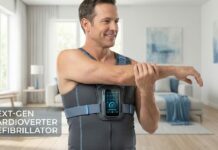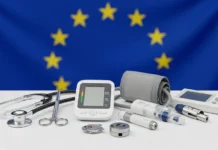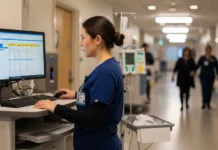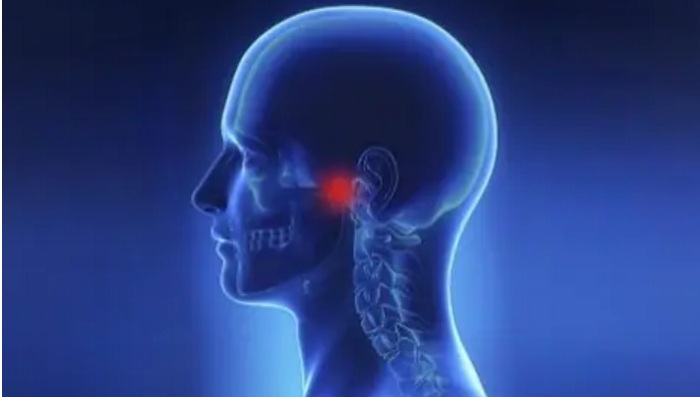Nasopharyngeal cancer
Nasopharyngeal cancer is the cancer of the neck and head. It starts in the nasopharynx region. The exact cause of this type of cancer is not known but there is strong evidence of Epstein Barr virus involvement. But this virus is not present in every nasopharyngeal cancer patient. Many people having EBV infection but never develop nasopharyngeal cancer. It is said that the genetic material from the EBV affects the DNA in the cells of the nasopharynx. This type of cancer is rare. There are more patients with this type of cancer in China than rest of the world.
Symptoms of nasopharyngeal cancer
- Stuffy nose and nose bleed
- Sore throat
- Blurred vision or double vision
- Lump in the neck
- Headache
- Frequent ear infections
- Loss of hearing and ringing in the ears
- Face paint & numbness
- Difficulty in opening mouth
Diagnosis of Nasopharyngeal Cancer
Oncologists usually ask for many tests in cancer patients. The objectives of the doctor can be different at different times. Examples are given below.
- Diagnosis
- To know metastasis (cancer has spread to other parts of the body)
- Treatment success rate.
Following tests are recommended by the doctor to diagnose nasopharyngeal cancer.
A. Physical examination
The doctor checks physically to note the presence of any lump in the neck area. He also looks into gums, cheeks, and lips. The nose, mouth, throat, and tongue may also have some abnormalities in this type of cancer. He usually observes the changes in these areas. He gets help from a torch and mirror to have a clear view.
B. Blood test
Doctor asks for routine blood works to know blood chemistry. He also asks for the blood test screen Epstein Burr virus.
C. Endoscopy
This is a test that is used to see inside the body. An endoscope is used to see inside the body. The endoscope consists of a thin and flexible tube fitted with a light. This endoscope is inserted inside through the mouth or nose to exam the head and neck area. So, the patient may be sedated to avoid pain and discomfort during the procedure. Endoscopy to look into the nasopharynx is called nasopharyngeal endoscopy.
D. Biopsy
This is a type of tissue examination. In this test, tissue is removed from the suspected area to exam under the microscope. All above-mentioned tests can only suspect cancer but a positive biopsy test result means the cancer is confirmed. In nasopharyngeal cancer patients, the needle aspiration technique is used to get a piece of tissue. In this technique, a thin needle is inserted directly into the tumor, and cells are pulled out through this needle. These cells are then examined by the pathologist in the cytological examination for signs of cancer. The doctor may use local or general anesthesia to get tissues removed from the tumor.
E. X-rays
An X-ray of the skull and chest is also needed along with an X-ray of the nasopharynx region. X-rays are possible for only those parts of the body which block x-rays and give an image on the photographic paper with the white area means X-rays is blocked and black area means X-rays has passed. For example bones block x-rays. For those areas of the body that cannot block the x-rays, a barium compound is used to coat the required area. This barium compound can block the x-rays and an image is formed on photographic paper. This barium compound is given through the mouth to coat the nasopharyngeal area and then x-rays are taken.
F. CT Scan or computed tomography
The CT scan machine uses X-rays to get pictures on cross-sectional levels. A computer is attached with a CT scanner which makes the 3-dimensional image of the scan. This can show abnormality or tumor at the cellular level. To visualized internal parts of the body, a dye called contrast media is used.
G. MRI or Magnetic Resonance imaging
MRI does not use x-rays. Instead uses a magnetic field. The MRI can give excellent 3 d views of the soft tissue of the body on cellular levels, such as tonsils and base of the tongue are visualized in NPC patients. MRI can give better images of the nasopharynx area than a CT scan. It is also able to give information about metastasis and the stage of cancer. A contrast medium can also be used before the MRI procedure to get a clear image.
H. Ultrasound
The image of the internal parts of the body is created by this machine by using sound waves.
I. Bone scan
A bone scanner helps to see inside the bones by using radioactive material. This radioactive material is injected into the patient through veins. A special camera can detect this radioactive material when it collects at bones. Healthy bones look lighter in the image than those with cancer.
J. Neurological test
This test is done to check functions of the nerves, like the sense of touch on the face, and nerve function of nerves in the head and neck.
K. Hearing test
If the doctor observes a fluid in the middle ear during a physical exam then he can ask for a hearing test.
L. PET or Positron Emission tomography
Pet scan is also used to get pictures of inside organs of the body. A small amount of radioactive substance is injected into the body. This substance is taken by cancer cells. The scanner detects this substance in the cancer cells and makes images.
M. Next-generation sequencing test
The doctor may ask for an advanced test to confirm nasopharyngeal cancer. This test gives information about the changes in the DNA of the tumor. Following are some advantages of this test.
- This test can test changes in the DNA of many genes of cancer simultaneously.
- The test provides information not only about changes or mutations but also identifies new markers. These markers may require other treatment plans.
- This test helps the researchers identify the pattern of patient response
Results of NGS are available within 2-3 weeks. As this is the most advanced technique for DNA sequencing, so, not available throughout the world. The disease prevalence in China is high than in other parts of the world. Steps taken by Take 2 health in China are appreciable. They have started NP blood tests like NGS in China and other parts of the world.


















